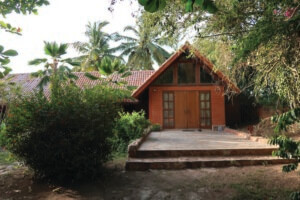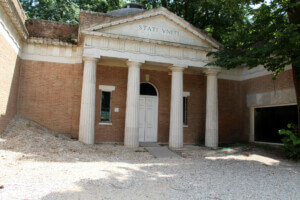This is the first time in the Venice Architecture Biennale‘s 15 seasons that a “nation in exile” has been invited to set up a pavilion alongside established nation-states.
The Western Sahara Pavilion, organized by Manuel Herz with the National Union of Sahrawi Women, engages the culture of the Sahrawi, an ethnic group from the disputed territory that was forced to flee into neighboring Algeria during a war with Morocco and Mauritania in the 1970s. Today, between 48,000 and 194,000 Sahrawis live in Algerian refugee camps, unable to return to a territory whose sovereignty is recognized by only 40 nations worldwide.
As temporary spaces of exception turned into permanent places of residence, the Sahrawis adopted and invented novel sets of urban and architectural practices. Rabouni, the first camp established in 1976, became a capital of the semi-sovereign, displaced nation: The city contains a parliament, national archive, museum, and other institutions that confer permanence.
For the tent-shaped pavilion, over 30 women wove tapestries that depict buildings, maps, and conditions in the camps.
The organizers of the pavilion argue that by shaping space in this way, refugees are using institutions as tools for social liberation. Organizing via government is not a new or radical method of self-determination, but pavilion organizers hope that their presence in Venice with internationally recognized countries will invigorate debate around sovereignty, deterritorialization, and shaping space in an increasingly post-national world.










